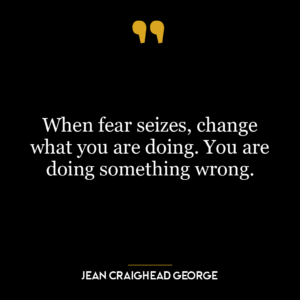This quote highlights the concept that our perceptions are formed by our personal experiences, beliefs, and identities. It suggests that there isn’t a single, objective reality that we all see, but rather, we each have our own subjective reality, shaped by who we are as individuals.
In essence, we don’t see the world as it objectively exists; we see it through the lens of our own personal biases, experiences, and perceptions. This lens is tinted by our upbringing, our cultural background, our education, and countless other factors that make us who we are.
For instance, two people can witness the same event and have entirely different interpretations of what happened based on their unique perspectives. Similarly, two people can look at the same painting and see different things, feel different emotions, or draw different interpretations from it.
Applying this idea in today’s world, it emphasizes the importance of empathy and understanding. In an increasingly interconnected and globalized world, we are often confronted with perspectives that differ from our own. This quote reminds us that these differing perspectives are not necessarily wrong or misguided, but are simply the result of different personal lenses through which the world is viewed.
In terms of personal development, this quote encourages introspection. It suggests that by understanding the factors that shape our own perceptions, we can begin to see how they might limit or distort our understanding of the world. This awareness can help us to challenge our own biases, broaden our perspectives, and become more open-minded and empathetic individuals.
Moreover, this quote can serve as a reminder that everyone we encounter has a unique perspective shaped by their own experiences. This can help us to be more understanding and less judgmental in our interactions with others, fostering better relationships and more effective communication.





